Save Money:
Make Sure to Get Your Rebate Filed!
As a last note, DO NOT FORGET to go on your utility’s website and see how wonderful progressive arm-twisting legislation has mandated the electricity producers to reward you (their customers) for finding ways to pay them less money over time through efficiency upgrades! Often, they’ve paid substantial portions of my energy upgrades. So if you have to spend 20 minutes filling out paperwork to get a $600 check that pays for most of your project, why not?
Just make sure you check the specs beforehand. For example, it may say you have to achieve a certain amount of R-Value to qualify for a rebate. So plan accordingly.

This Should Reduce Your Utility Bill Enough to Be Worth the Investment
It may be difficult to justify all this work for such a small, narrow strip of surface area compared to the rest of your home. But it makes a difference when done well. There are probably a lot of protrusions through your band joist for things like outdoor outlets, dryer vents, HVAC lines, utilities, etc. So when the various slivers and holes are sealed up, the fewer places for as much heat transfer to occur.
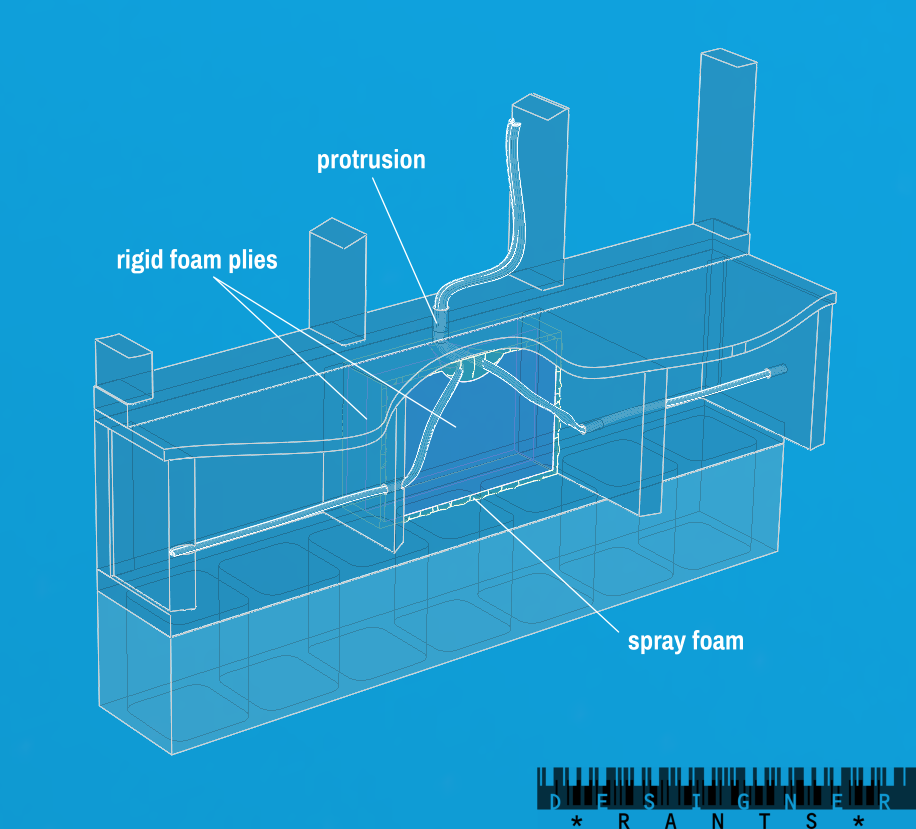



It’s not just the protrusions to the outdoors, but near your band joist there are likely many holes drilled up into the stud bays of the 1st floor’s walls for wiring and plumbing to pass through. When you shove 4 inches of insulation into the band sill, you cover those little pathways for insects, rodents, and especially air to move through. So you’re effectively separating the wall system from the floor system. Often when it comes to insulation, compartmentalization is your friend (insulation is another way of saying compartmentalization).
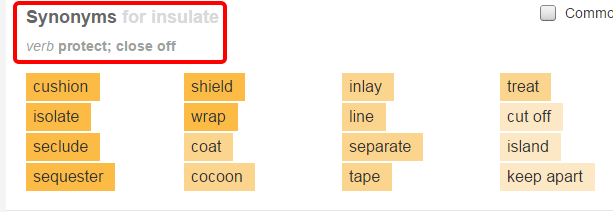



The air inside our walls can get very cold in winter, to the point where I could place my finger in front of the holes in the electrical outlets and feel little “pin points” of concentrated cold (or heat transfer, in reality). So I went around to all the outlets and spray foamed the insides of them, and that heat transfer pathway mostly went away. Same concept when you’re plugging all the holes the plumbers and electricians originally made through your band joist and through the sill plate, into the stud bays above.
Conclusion:
This was a weird project, but ultimately rewarding. I can’t use 2 winters’ utility bills with a straight face as a sample size to prove a savings bump (hey-I guess it actually works year-round to slow energy transfer, not just winter). But I really feel like the house is tighter and more regulated. It’s that same feeling I got when I dumped a truckload of cellulose in my attic years ago and went on a caulk and spray foam tirade of outlets and windows. Both projects produced results that I consider more than subtle, and I feel it’s been reflected in utility bills but also our comfort level.
SO Hot…
There are times when it’s SO HOT OUTSIDE! And our asphalt roof is just cooking our house and the AC is running hard. But since the cellulose upgrade and various other weatherizations, it seems like we sustain that conditioned air setpoint for longer, and the compressor/blower intervals are shorter and farther apart.
SO Cold…
There are times when it’s SO UNBELIEVABLY COLD AND WINDY outside, and our house is basically in a Reverse Blast Furnace, with the bellows blowing full bore at our house; just wicking, pulling, ripping the heat through the walls as though you could watch a mercury thermometer drop in real time. But after this band joist project, it seems like those days are fewer and less intense. That’s what I mean by “Our Comfort Levels Increased,”
I also got similar “efficiency bumps” (real and/or perceived) from a couple HVAC technology upgrades; when we got a new furnace
DO IT!
So yes, Go for it, retrofit your home for energy efficiency. It’s comfortable. And if you don’t spend too much money over budget on the projects, and get rebates, they may pay for themselves in your lifetime or even immediately.
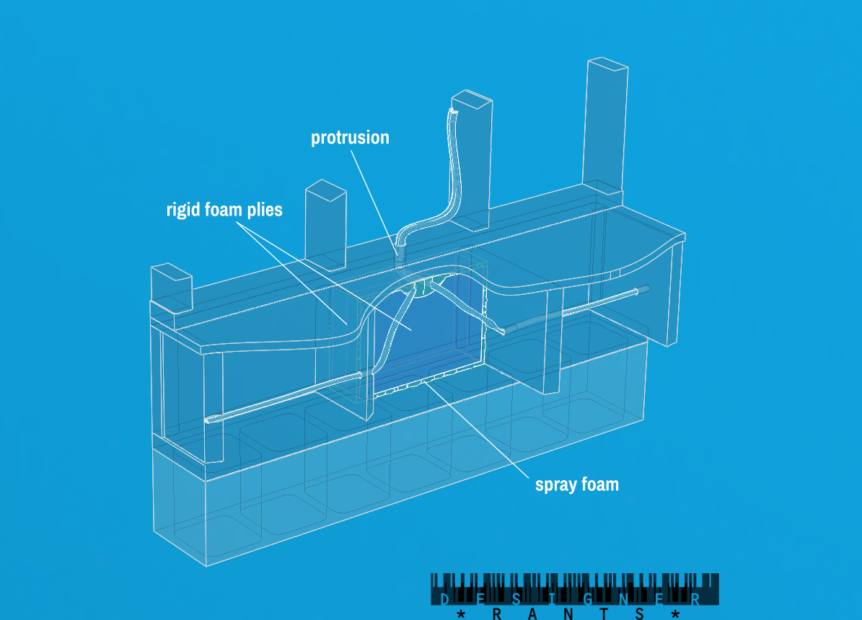



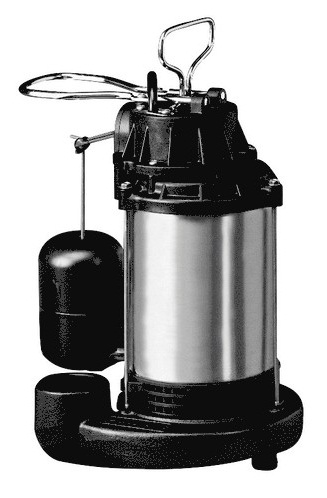
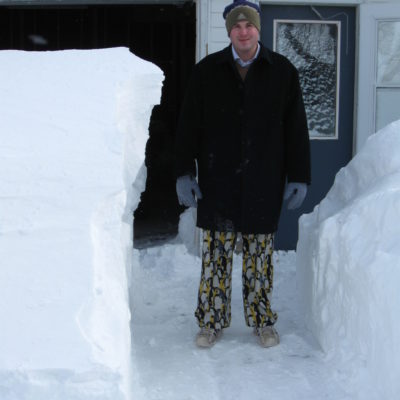




Leave a Reply about how this blog changed your life.